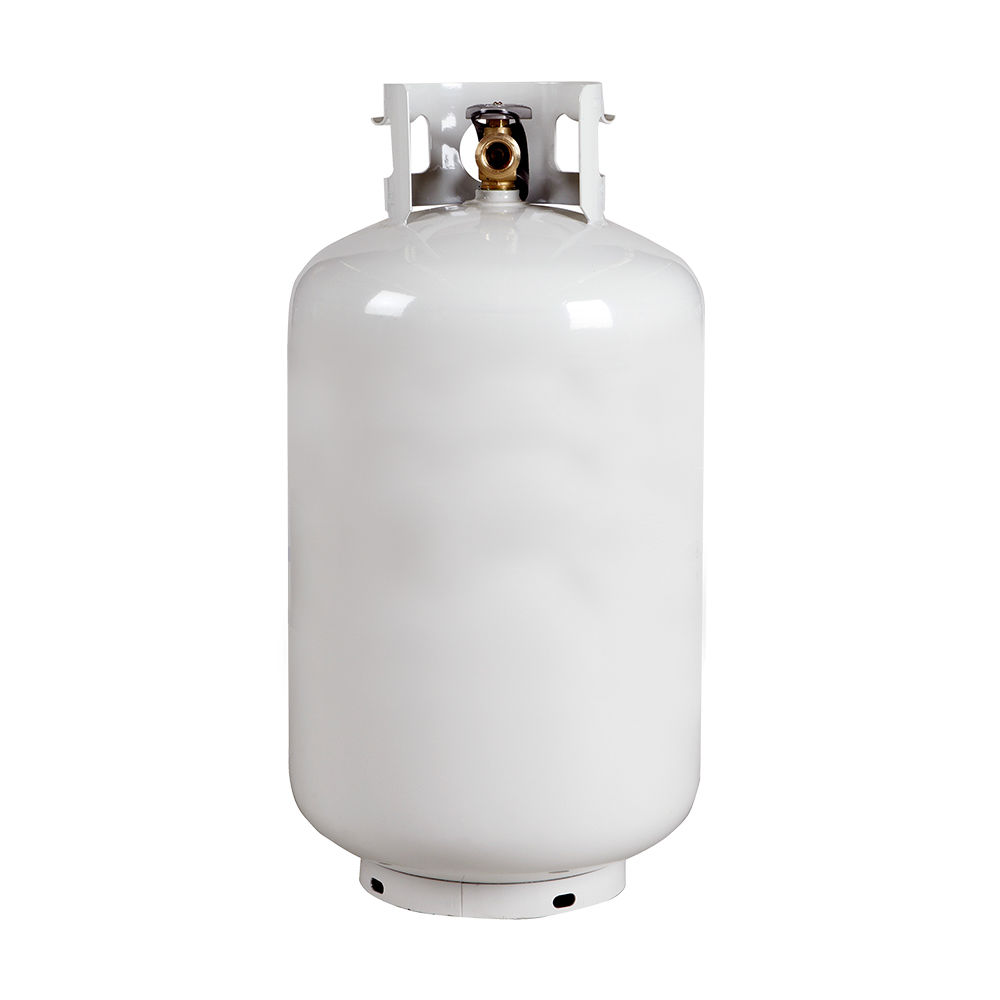The refrigerator that gets used in a sticks and bricks home is a compressor based system, the same concept we use for air conditioning, it just works.
There are two system types for refrigeration used in an RV, Absorption and Compression. The RV standard is Absorption style which requires propane or AC to heat up the ammonia. Compression based system will use a DC electric motor to drive the compressor in an RV. To compare the two on efficiency, my 7cu ft Dometic propane fridge used 840w in AC mode and ran 3/4 of the time. When I switched to my Norcold DE0061 8cu ft and put it in AC mode it used 70w and runs <1/2 of the time!
If I were to design an RV and look at the cooling technology available, I would never consider an absorption based fridge in an RV. For this system to work you need to have the RV level, a burning flame or AC heat element, a hole in the top of the RV for the hot air (chimney) and a hole in the side for clean make up air. The absorption process is very slow. Typically it will take 10 hours for the fridge to get to temp. It is not recommended to put warm food or warm beer in absorption fridge.
Absorption Fridge
 From howstuffworks.com It works like this:
From howstuffworks.com It works like this:
- Heat is applied to the ammonia and water solution in the generator. (The heat comes from burning gas, propane or kerosene.)
- As the mixture reaches the boiling point of ammonia, it flows into the separator.
- Ammonia gas flows upward into the condenser, dissipates heat and converts back to a liquid.
- The liquid ammonia makes its way to the evaporator where it mixes with hydrogen gas and evaporates, producing cold temperatures inside the refrigerator’s cold box.
- The ammonia and hydrogen gases flow to the absorber where the water collected in the separator in step No. 2 mixes with the ammonia and hydrogen gases.
- The ammonia forms a solution with the water and releases the hydrogen gas, which flows back to the evaporator.
- The ammonia-and-water solution flows toward the generator to repeat the cycle.
Does this sound like an efficient process to you?
Compressor Refrigerator
So we already know this is much more energy efficient, to the point of >1155AH saved every day. The LP fridge will use 1260AH and the 12v compressor fridge will use 60AH from your battery bank! Most will have the ability to use AC power and convert it to DC to power the motor as well. This system will work with your RV at a 30 degree angle, have much faster temperature recovery ability, able to leave running on move days and even through tunnels, in short it just works! It will some drawbacks, my unit will use about 60AH @12v per day. This should have at least a 60AH lithium or 120AH lead acid battery. What battery is best for my RV. You can always supplement or replace battery charging with 200 watts of solar panels. How Much Solar Do I Need For My RV? I switched to a Norcold DE0061 and I have 2 years of full-time off grid use on it with no regrets at all!
If you have loads of cash to burn on solar panels and lithium batteries get a 12V fridge but you’re also going to need some kind of noisy generator to recharge the batteries if the solar panels fail.
April 6, 2021 at 8:02 pmOr you could have an LP/electric fridge which is cheap to run, silent, and can be plugged in when at a camp ground; they’re more expensive for manufacturers to install though hence the 12v affiliate shills.
**Disclaimer – I have been off grid for several years and most of my content will be directed at helping others unplugging.
I will agree the 12v fridge is not the best for everyone. It will require more of an investment to set up for extended boondocking. If done correctly the system will keep the food/beer cold forever without any input.
If you are at a camp ground and plugged in, your converter will supply the 12v. Lithium batteries or solar panels are not required.
April 11, 2021 at 2:21 pm